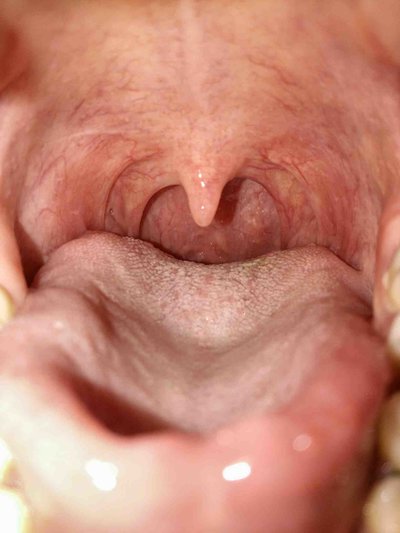What is mediastinal chemoreceptor tumor?
summary
Chemoreceptor tumor refers to the tumor of chemoreceptor and its similar tissue cells. It is also called carotid body tumor or paraganglioma. It is a rare tumor. What is mediastinal chemoreceptor tumor?
What is mediastinal chemoreceptor tumor?
This kind of histiocytes originated from the nerve junction between the ectodermal cells and the neural tube. Their cytochemistry and morphology are similar, and they are sensitive to the chemical components in human blood. They are collectively referred to as paraganglia. Paraganglion includes adrenal medulla, carotid body, aortic body, paraaortic organ chemoreceptors and many other unknown tissues distributed along sympathetic and parasympathetic nerves.
Paraganglion can be divided into two types: chromaffin and non chromaffin. The tumor is also called chromaffin paraganglioma or non chromaffin paraganglioma. Adrenal medullary tumors are called pheochromocytomas, which secrete adrenaline, often accompanied by hypertension, hyperhidrosis and other clinical symptoms.
Paraganglioma or chemoreceptor tumor occurs outside the adrenal medulla. It does not secrete epinephrine and is not accompanied by epinephrine like symptoms [chemoreceptor tumor can occur in many parts of the body, including carotid body, jugular body, aortic body, retroperitoneal, tympanic, laryngeal, nasal cavity, paranasal sinus, thyroid, parotid, heart, lung, bladder, bile duct Duodenum, septal muscle, ligamentum teres hepatis, skeleton, etc.
matters needing attention
It is usually named according to the anatomic location, which is called carotid body tumor or jugular bulb tumor. According to Marshall and Hom, chemoreceptor tumors can be divided into three types: vascular type, cellular type and mixed type.













